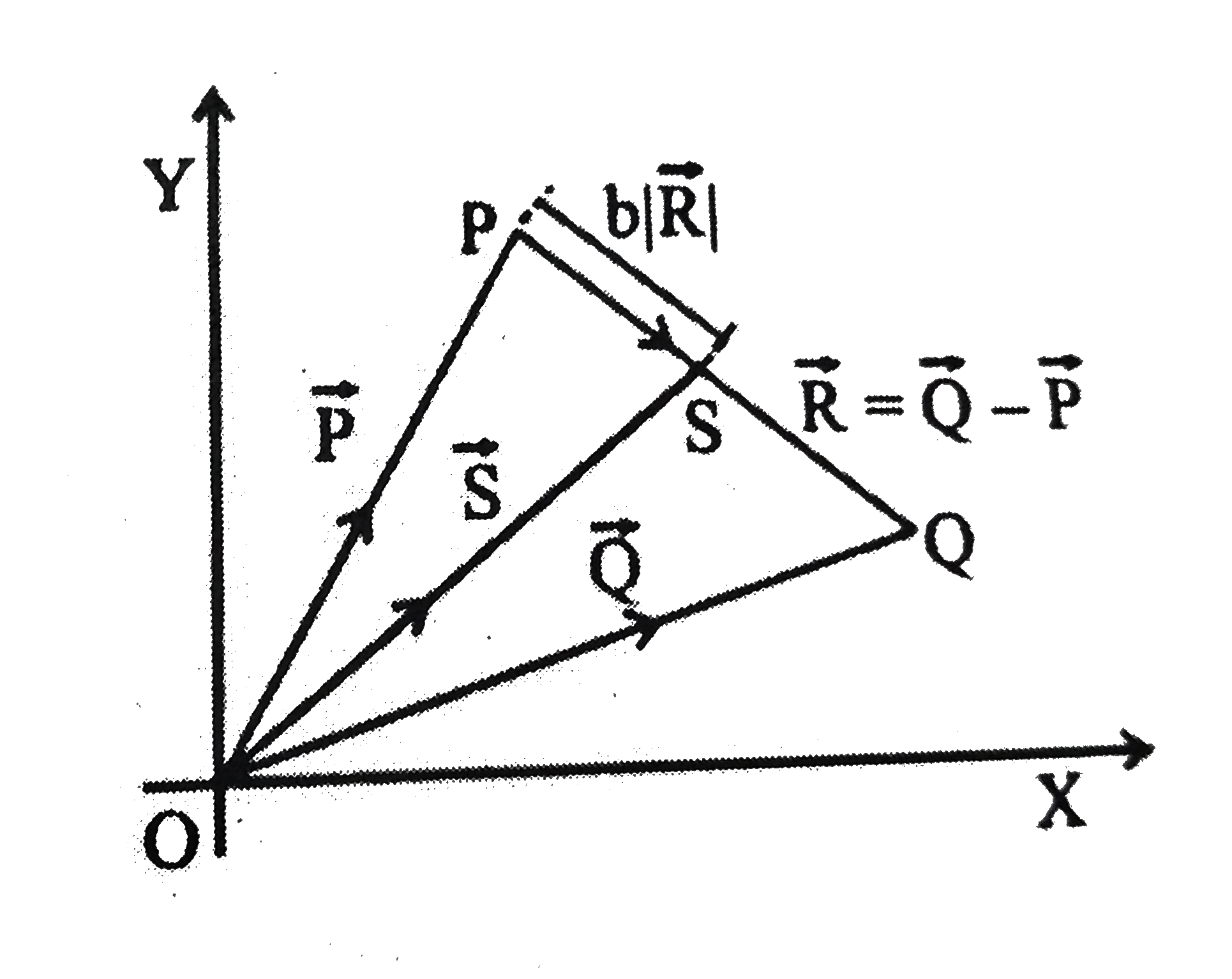If →P=−−→KQ (Here K is constant) them :-
→P∣∣→Q
→P∣∣→Q
→P⊥→Q
Both (1) and (2)
The correct Answer is:D
Step by step video & image solution for If vecP=vec(KQ) (Here K is constant) them :- by Physics experts to help you in doubts & scoring excellent marks in Class 12 exams.
Updated on:21/07/2023Topper's Solved these Questions
- RACEBOOK - ALLENCHAPTER - RACEEXERCISE - Basic Maths (Units, Dimensions & Measurements)
30 Videos
- RACEBOOK - ALLENCHAPTER - RACEEXERCISE - Basic Maths (KINEMATICS)
59 Videos
- RACEBOOK - ALLENCHAPTER - RACEEXERCISE - Basic Maths (Co-ordinate & Algebra)
37 Videos
- NEWTONS LAWS OF MOTIONBOOK - ALLENCHAPTER - NEWTONS LAWS OF MOTIONEXERCISE - EXERCISE-III
28 Videos
- SIMPLE HARMONIC MOTIONBOOK - ALLENCHAPTER - SIMPLE HARMONIC MOTIONEXERCISE - Example
1 Videos
Similar Questions
Kepler's third law states that square of period revolution (T) of a planet around the sun is proportional to third power of average distance i between sun and planet i.e. T2=Kr3
here K is constant
if the mass of sun and planet are M and m respectively then as per Newton's law of gravitational the force of alteaction between them is F=GMmr2, here G is gravitational constant. The relation between G and K is described as
View SolutionIf →aand→b are the unit vectors and θ is the angle between them, then →a+→b is a unit vector if
View SolutionThe spring force is given by F=−kx, here k is a constant and x is the deformation of spring. The F−x graph is
View SolutionThe potential energy U for a force field →F is such that U=−kxy where K is a constant . Then
View SolutionIf →a and →b are two unit vectors and θ is the angle between them, then the unit vector along the angular bisector of →a and →b will be given by
View SolutionThree vectors →P,→Q and →R are shown in the figure. Let S be any point on the vector →R. The distance between the points P and S is b∣∣→R∣∣. The general relation among vectors→P,→Q and →S is:

View SolutionIf →A×→B = 0 under the condition →A=0,→B = 0 what is the angle between them ?
View SolutionIf →a,→b,→c are three non- null vectors such that any two of them are non-collinear. If →a+→b is collinear with →cand→b+→c is collinear with →a, then find →a+→b+→c
View Solutionif →Pa+→Q=→0 , then which of the following is necessarily true ?
View SolutionA plane is inclined at an angle 30∘ with horizontal. The component of a vector →A=−10k perpendicular to this plane is: (here z-direction is vertically upwards)
View Solution
